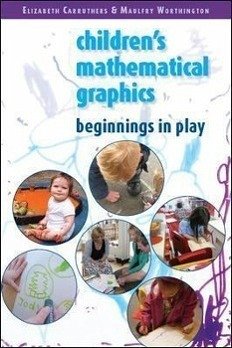This book challenges traditional beliefs and practices of teaching 'written' mathematics in early childhood. It gives theoretical underpinnings and offers exciting insights and context to children's early mathematical thinking and in particular into children's mathematical graphics, showing how this supports their understanding of the abstract symbolic language of mathematics. Drawing on a wide range of examples, it illustrates and explains how children explore and communicate their mathematical thinking through their mathematical graphics, and how this begins in play. The book looks at the power of children's own marks, symbols and other graphical representations to convey meanings, exploring how they support complex thinking. The authors explore the relationship between children's play and meaning making. Rather than viewing mathematics as a separate subject or as a set of basic 'skills' to be transmitted, they demonstrate that in supportive learning cultures children develop their own mathematical thinking to solve problems. Key features include: * Numerous new examples and case studies of children from birth to 6 years,highlighting the complexity and richness of children's thinking * Explanation of pedagogical issues - showing how they can support rich play and mathematics * Draws on the authors' latest research This book is valuable reading for students, teachers, primary mathematics coordinators' and all early years' professionals working in the Early Years Foundation Stage and Key Stage One.
Bitte wählen Sie Ihr Anliegen aus.
Rechnungen
Retourenschein anfordern
Bestellstatus
Storno








